
Jupiterimages/Stockbyte/Getty Images
Deep-frying lightly battered vegetables in hot oil creates a pleasantly crispy, golden-brown coating and helps seal in the vegetable juices. Any vegetable large enough to coat in batter is suitable for deep frying. Good candidates include eggplant, onions, peppers, mushrooms, zucchini, cauliflower, carrots, green beans, sweet potatoes or okra. A simple batter consisting of egg and lightly seasoned flour or crumbs won't detract from the natural flavor of the vegetables.
Wash the vegetables, then cut them uniformly. For example, slice zucchini or sweet potatoes into 1/4-inch slices, or cut carrots into 1/8-inch slices. Cut bell peppers into 1/2-inch strips and green beans into 1/2-inch pieces. Fry small vegetables whole, such as mushrooms or okra.
Crack one or two eggs into a small bowl, then beat the eggs lightly with a fork. Place a small amount of flour in a separate bowl, then season the flour with salt and pepper or garlic salt. If you prefer, you can use seasoned breadcrumbs or finely crushed cracker crumbs in place of flour.
Dip the vegetable pieces in the egg, then roll them in the seasoned flour or crumbs. Set the battered vegetables on a baking rack and let them rest at room temperature for about 15 minutes. Drying the vegetables helps the breading stick during the frying process.
Fill a deep fat fryer with oil to a depth of 2 to 3 inches. Oils suitable for deep frying include shortening or canola, peanut, safflower, sunflower or corn oil. Place a food thermometer in the oil, then heat the oil to 375 degrees Fahrenheit.
Place a few vegetables at a time in the basket and lower the basket into the hot oil. Cook the vegetables for about four minutes, or until they turn golden brown. Don't overcrowd the basket because the temperature of the oil may drop, resulting in soggy, undercooked vegetables. Monitor the thermometer and adjust the temperature, if necessary, to maintain a temperature between 375 and 382 F.
Drain the vegetables on a layer of paper towels. Transfer the drained vegetables to a serving plate.
Related Articles

How to Slow Cook Pork Chops & Vegetables
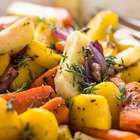
How to Roast Radishes, Parsnips, ...

How to Preserve Rutabagas

How to Roast Cornish Hens With Potatoes ...

Calories in Moo Shu Vegetable

How to Slow Cook a Chicken Breast

Vegetable Rice Calories

How to Cook Zucchini Like a Japanese ...
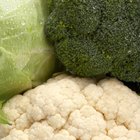
How to Steam Cauliflower & Broccoli
How to Cook a Bottom Round Roast & ...
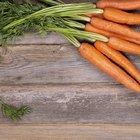
How to Freeze Carrots & Turnips

How to Fry Shrimp With Potato Starch

Steamed Vegetable Diet
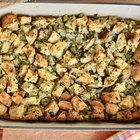
Mom’s Classic Make-Ahead Bread Stuffing

How to Cook Winter Root Vegetables in a ...

How to Cook French Fries on a Baking ...

How to Wash Wax Off of Vegetables

How to Keep Peeled Vegetables From ...
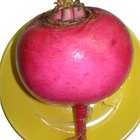
How to Roast Turnips
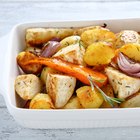
How to Marinate Vegetables & Bake Them ...
References
Writer Bio
M.H. Dyer began her writing career as a staff writer at a community newspaper and is now a full-time commercial writer. She writes about a variety of topics, with a focus on sustainable, pesticide- and herbicide-free gardening. She is an Oregon State University Master Gardener and Master Naturalist and holds a Master of Fine Arts in creative nonfiction writing.
Photo Credits
Jupiterimages/Stockbyte/Getty Images